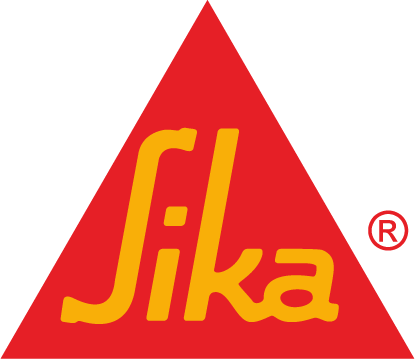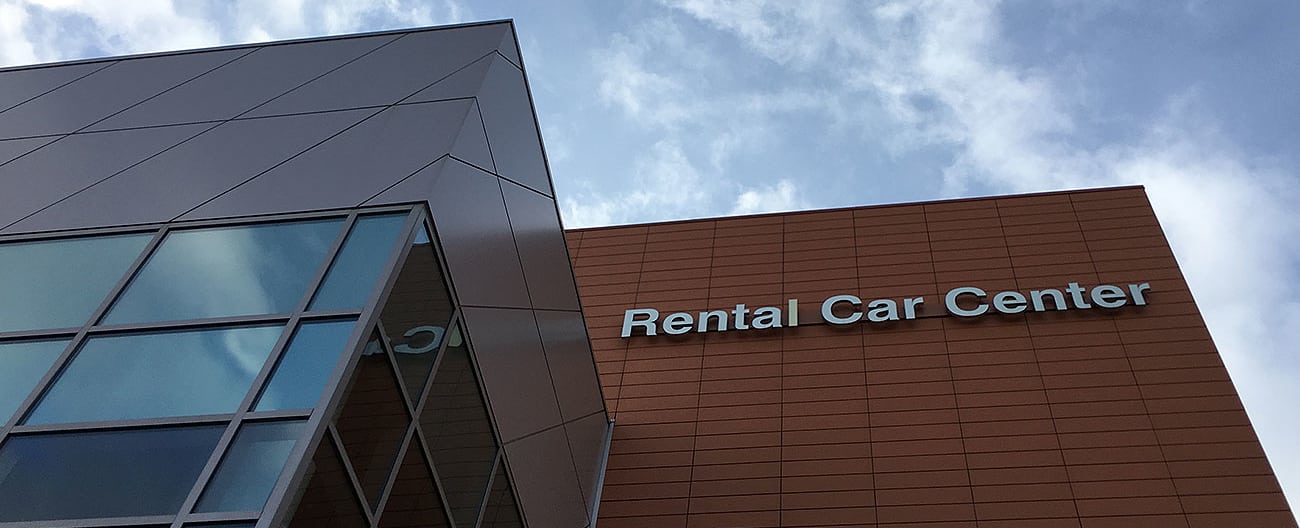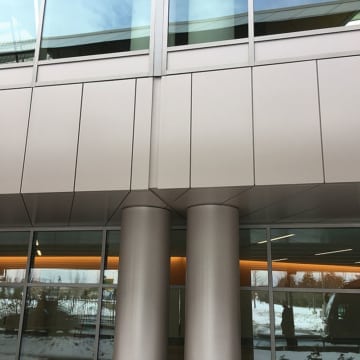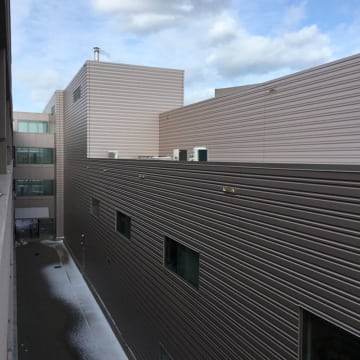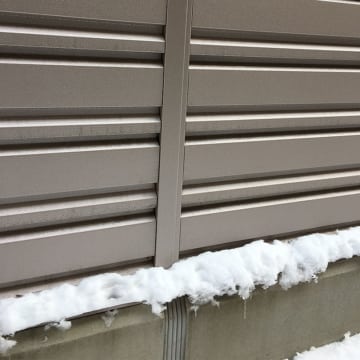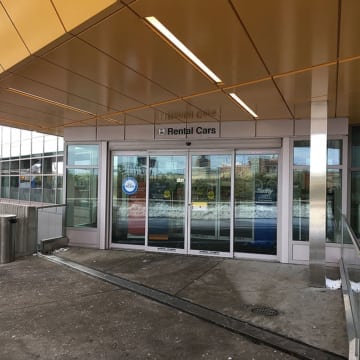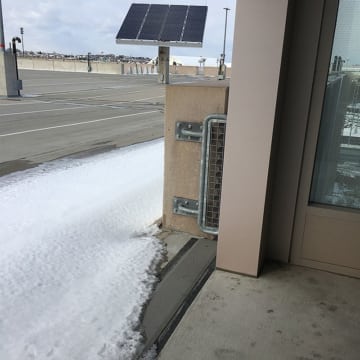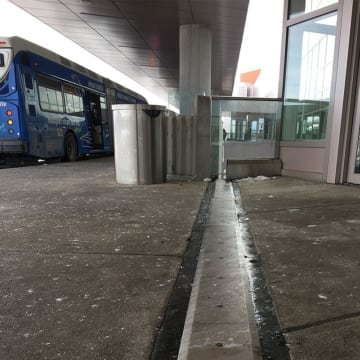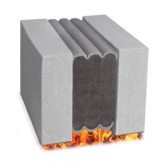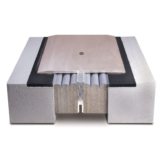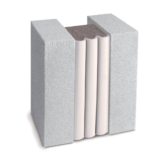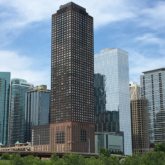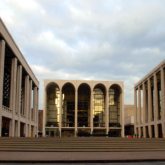Logan International Airport, CONRAC Parking Garage, Boston
Massachusetts
Date: 2012-2013
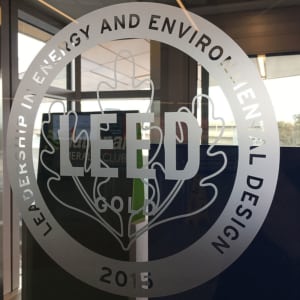 You don’t get LEED Gold while having socking great gaps in your walls. Yet socking great gaps are just what structural expansion joints are.
You don’t get LEED Gold while having socking great gaps in your walls. Yet socking great gaps are just what structural expansion joints are.
In order to do their job, structural expansion joints bisect buildings from roof to foundation with a gap big enough to absorb seasonal thermal changes as well as handle shakes from seismic events. So how, when LEED (Leadership in Environmental and Energy Design) is based substantially on the miserly use of energy, do you keep HVAC from pouring out through the expansion joints while minimizing the aesthetic impact on the building envelope? The answer lies in careful design and careful expansion joint system selection. And that’s just what was done on Boston Logan’s consolidated rental car facility (CONRAC).
How to Make Big Wall Joints Hard to See
We’ve written before on how the visual impact of expansion joints can be minimized through careful placement, shadows, color selection and other methods of concealment. Simply covering them up with cleverly-crafted sliding elements of the façade systems is another perfectly effective way to hide the gap.
Here is how it was done at Logan CONRAC’s front façade:
Here’s how the expansion joint was hidden on the back side of the building:
In both cases, the joint opening itself was sealed with Seismic Colorseal (yes, that’s it peeking out at bottom in the foundation). And, the Seismic Colorseal is doing the real work—sealing, insulating, resisting air-pressure differentials, blocking sound etc. And doing it all while having been installed without drilling into the substrates.
Cover Plates that Don't Bust Up the Concrete?
Cover plates that are bolted into the concrete on one side of an expansion joint inevitably bend, or break loose of their drilled-in anchors. This causes plate clatter and breaks up the concrete. Where cover plates are desired, the better bet is SJS System from Emseal. Why use SJS? SJS (Seismic Joint System) is available for joints from 2-18″ (50-450mm), feature no-drill/non-invasive anchoring, is watertight at the deck surface, and perhaps above all, is quiet. Installed with Emcrete elastomeric concrete as a sound absorbing leveling-bed, SJS System is rattle and bang free and puts no stress on the supporting concrete slabs.
Suitable to harsh climate of New England and resistant to de-icing salts, SJS System is capable of lasting performance in the most demanding environs.
More than five years of service later, the Emseal suite of expansion joint solutions is providing Massport with lowest-total-cost of ownership expansion joints and, as importantly, a disruption-free user experience for its patrons.
You could spend less up front on expansion joints, but you’ll never spend less in the long run with Emseal.

